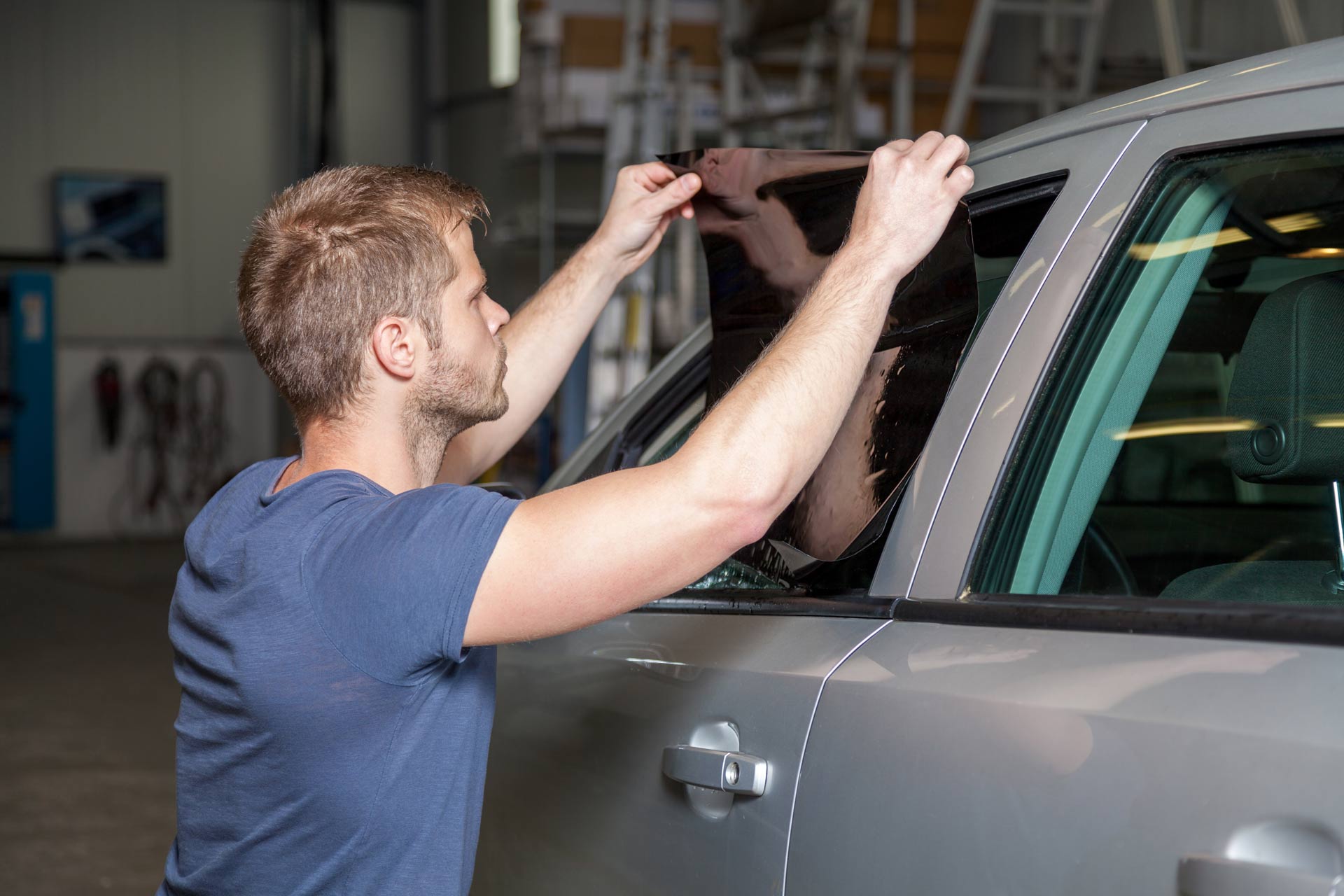Blog Post
4 Signs That Indicate Your Car Needs a Fresh Window Tinting Job
Admin • Apr 21, 2022

Auto window tinting provides several benefits, such as:
- Minimizing the sun's glare
- Reducing exposure to UV radiation
- Protecting the upholstery from fading
- Keeping the car cool during hot summer months
- Increasing the privacy of your vehicle
The tint film applied on your car windows and windscreen isn't immune to wear and tear. The lifespan of a car's tint film
heavily depends on the quality of film you get and how well you maintain the tint film.
Unfortunately, when the tint film starts to deteriorate, it no longer provides the above benefits. When this happens, you should replace the damaged or worn-out tint film as soon as possible to continue enjoying the benefits of tinted windows.
If you are unsure whether your vehicle's tint films require replacing, here are four signs that you should look out for.
1. Sections of the Film Peeling Off
Installing a tint film is like attaching a sticker to a glass pane. An adhesive holds the tint film on your vehicle's windows. Though the bonding agent used is quite durable, it is still susceptible to wear and tear due to long-term exposure to elements, such as heat during the summer months.
Long-term exposure to heat results in the adhesive losing its grasp on the car's windows and windshield. As a result, you will notice the tint film peeling off at the edges of the window or windshield. If you neglect this sign, the peeling effect will eventually spread across the entire window or windshield. If you notice tint film starting to peel off, it is time to consider getting a new tint job done.
2. Visible Bulges or Bubbles
Bubbles and bulges occur when air pockets form between the tint film and the auto glass. A few reasons why bumps or bubbles form on a tint film include:
- Poor tint film installation
- Poor quality of tint film
- Dirt particles trapped under the tint film
- A scratch or dent on the film is letting in air
When bulges and bubbles develop, they expand until the tint film peels off. Therefore, instead of waiting for tint film to start peeling off, get a new tint job done to ensure your vehicle retains its aesthetic appeal.
3. Fading Upholstery
Auto window tints protect your car's upholstery from exposure to direct sunlight. Whether the upholstery is made of leather or fabric, extended exposure to direct sunlight
results in the upholstery beginning to fade.
When your car's tint films start to deteriorate, they lose the ability to block out excessive sunlight and UV radiation. Thus, your vehicle's upholstery gets exposed to more direct sunlight (UV radiation), resulting in the upholstery beginning to fade or crack.
If your car's upholstery starts fading despite the installation of a window tint, it is high time to replace the tint film. If you delay or neglect to install a new tint film, your upholstery will continue to fade and eventually degrade the aesthetics of the car's interior.
4. Fading Color
Depending on the type of tint film used on your car, you may or may not encounter color fading. There are several types of car window tints
that you can install on your vehicle, such as ceramic tint, dyed tint, metalized tint, and carbon tint.
Dyed tint films are not as durable as the rest. As a result, after a long time of exposure to direct sunlight and heat, dyed tints start to fade in color or turn purple. The fading or turning purple indicates that the dyed tint's composition is no longer viable. At that point, it is no longer suitable to provide adequate protection against UV radiation.
When dyed tints start to fade or turn purple, call a window tinting specialist. It is also advisable to opt for a different tint film that won't fade, such as a ceramic or metalized tint film.
At Affiliated Auto Glass, we specialize in auto, commercial, and residential tinting services. Visit our website
for more information and tips about our auto window tint services.
Share
Tweet
Share
Mail
Address
Affiliated Auto Glass
Serving 6 LOCATIONS
Waco, TX | Temple, TX |
Killeen, TX | Mexia, TX |
Copperas Cove, TX |
Gatesville, TX
Phone: 800-962-9886
Email:
Payment Options




Content, including images, displayed on this website is protected by copyright laws. Downloading, republication, retransmission or reproduction of content on this website is strictly prohibited. Terms of Use
| Privacy Policy
